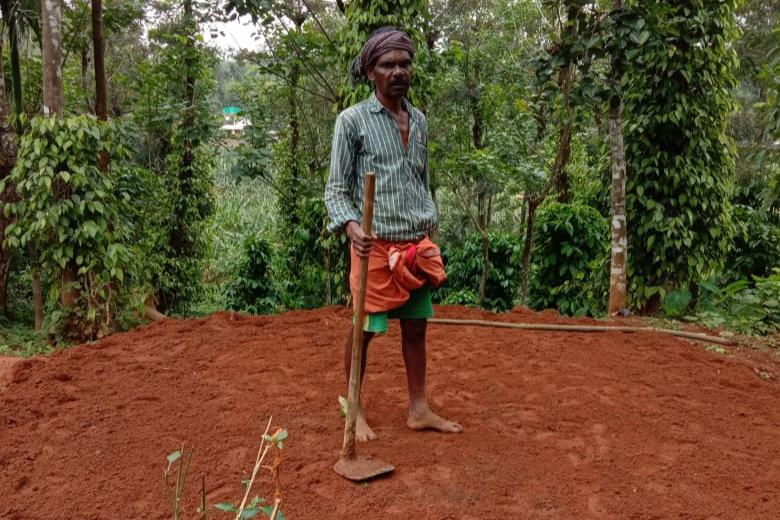Day 18
43m² of ground of a family in India is made usable
 Soil health creates livelihoods
Soil health creates livelihoods


Escape the drought and harvest nutritious fruits


Dr. Boryana Aleksandrova vom SODI e.V. stellt dir das Projekt vor
need
Optimizing land use in agriculture for resource-poor families in a semi-arid region of West Bengal, India
activity
Local NGO supports project participants in the construction of rainwater collection pits and the use of soil-protecting plants as well as the application of water-saving cultivation techniques
Measurable performance
Number of households adopting various soil and water conservation techniques to adapt to climate change
Result
It is expected that soil quality will improve in the project region and innovative climate-resilient agricultural practices will be established
Systemically relevant impact
Small farmers secure their food supply in the long term through climate-adapted land use
background





The good deed
About India
New Delhi
Capital city
1,428,627,66
population
as of 2023
2,484.8
Gross domestic product
per capita per year in USD
as of 2023
0.644
Human Development Index
(Human Development Index)
as of 2023/2024




